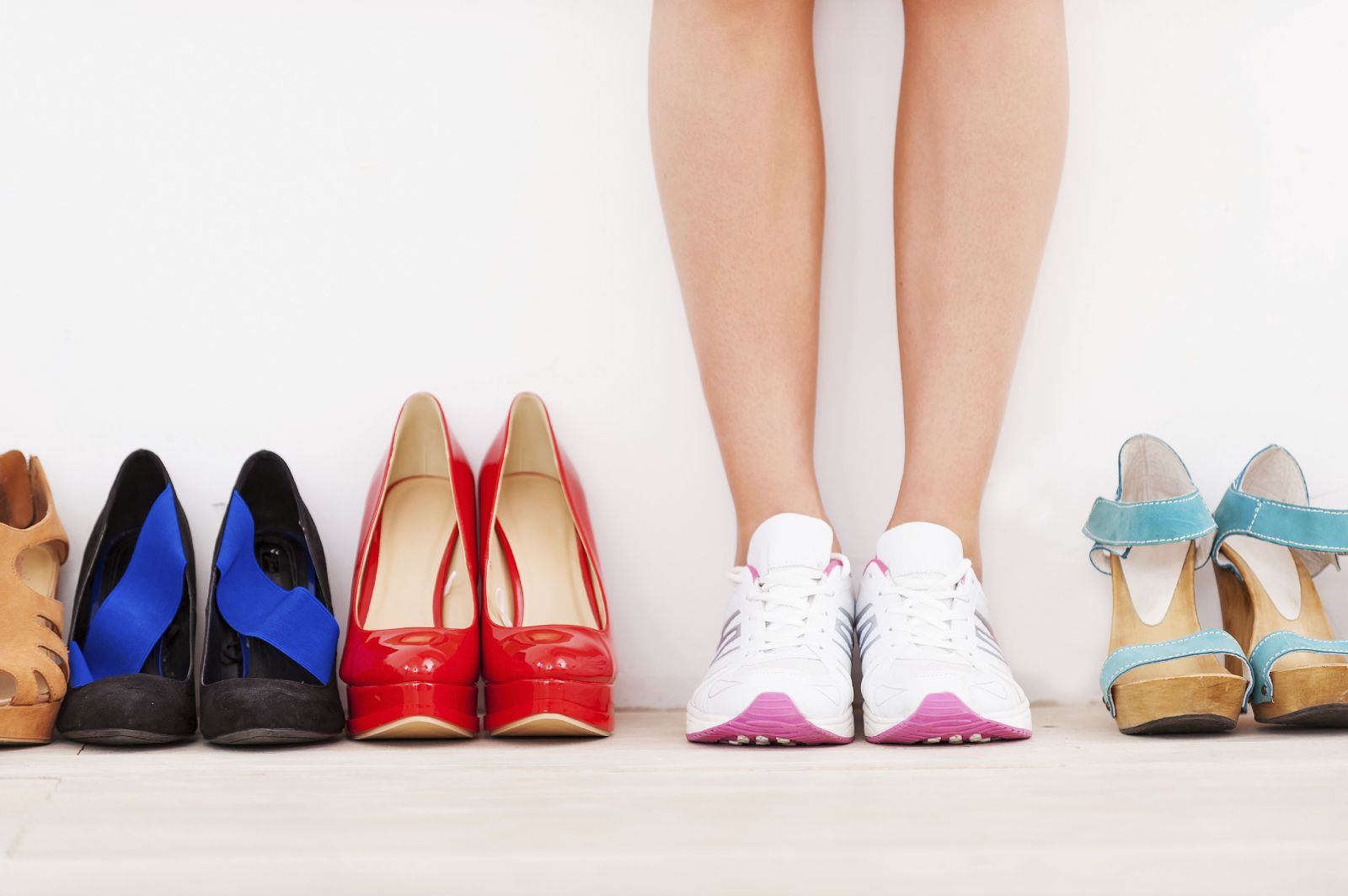Finding relief from calluses and corns 
Image: iStock | Calluses and corns are areas of hardened, sometimes yellowish skin on the foot. They form on pressure points or around bony areas. Calluses usually appear on the bottom of the feet and corns on top, usually around the toes. Although they aren't necessarily welcome, calluses and corns develop to protect the foot from further damage. The cause is often poorly fitting shoes, but how you walk (your gait) or the bone structure of your feet may make you more prone to these foot issues. If you develop corns or calluses, cushion the affected area with moleskin, cotton, or lambs wool to relieve pressure. Many pharmacies sell over-the-counter products to cushion corns and calluses, which you may find helpful. Custom shoe inserts that redistribute your weight and take pressure off the affected areas are another option. Better-fitting shoes will reduce the irritation that caused the problem in the first place, and over time, the corns or calluses will shrink on their own. But don't expect overnight results; the process can take weeks or even months. To get rid of corns and calluses faster, you can use a pumice stone, which will gently remove the top layers of skin. Soak your feet in warm water first, to soften the corn or callus. Dry your feet, then rub the pumice stone gently over the corn or callus. Afterward, moisturize the area with skin lotion. The key word is gentle. Don't overdo it, or you could hurt your skin. Pharmacies sell various chemical peels and acid disks, but use such products with caution. Most of them contain salicylic acid, which can damage healthy tissue unless you follow the instructions exactly. Some foot care specialists advise against using these products at all. For larger corns and calluses, consult a foot care specialist. Although some pedicurists may offer to remove corns and calluses, it's safer to seek help from a trained medical specialist, like a podiatrist. For more information on caring for your feet, buy Healthy Feet: Preventing and treating common foot problems, a Special Health Report from Harvard Medical School. | 

No comments:
Post a Comment